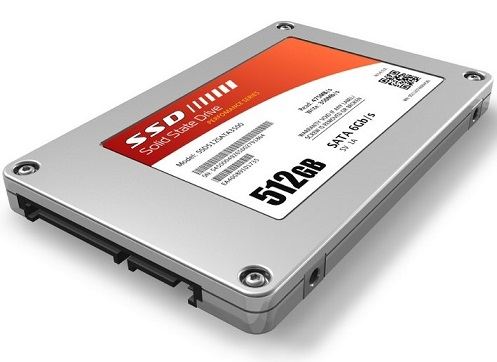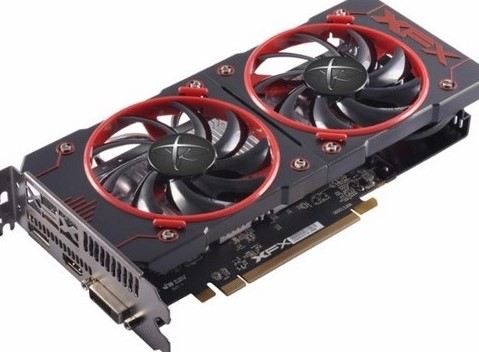
Upgrading is Not Rocket Science
To upgrade, means to renovate your computer system in order for it run smoother and faster. Generally, it takes a little bit of money, an hour of free time and a screwdriver. Or rather – it took, because nowadays most computers are upgrade-unfriendly. Take laptops and ultrabooks for example. If yours is younger than four years, you can’t do much about it.
It’s the toll we pay for the slim, form-factor of modern gadgets. There’s no place for slots, screws and such. The manufacturers solder the hardware components in their places, and seal the casing. If it faults, then a user has to visit a service center or sell it, in order to buy a new one.
Windows Surface hybrids, Mac Mini of the last generation and all the Windows based ultrabooks are highly unfriendly to upgrade. But, with most laptops and all the desktops, you still have some space. We hope our article will help you to understand if you need an upgrade, and what it that item might look like.
A SHORT GLANCE INTO YOUR PC
Any computer is a complicated system of many parts, which have to interact with each other in order to work. As in many such systems, there always are bottlenecks.
The basic component of any computer- from a desktop to a tablet, is the motherboard.

Looks a bit like a city from a bird’s view, doesn’t it? With downtown, office blocks and squares. The CPU – our ‘office’ is indeed the critical part of the system and the most robust one. In fact, it lives forever if you don’t overheat it. The CPU is even hard to physically smash in pieces. You can’t change the CPU because in 89% of cases, you’ll need to change the motherboard as well. So, the only way to boost the CPU performance is to overclock it.
Some CPU models allow it, but most don’t. Overclocking the CPU takes some experience and familiarity with the motherboard BIOS, or Basic Input Output System. It’s a bit like the city laws that regulate the city’s life and work.
The other parts of the computer are: an internal storage, a memory, a video card and, optionally, a sound card as well as an optic disk drive and / or memory card reader.
UPGRADE TIPS
The upgrade required can be differentiated as critical to the system performance, or simply desirable.
Desirable upgrades include replacement of optic disk drives and card readers. If you don’t want to pay the service center, or if tinkering with gadgets is just not your thing, you can buy the external peripherals and get by with them. Most of them are USB powered and can be unplugged when necessary, to keep your working place nice and tidy. Here, we list upgrades critical to your system performance in order of importance.
Before you start considering the upgrade and browsing online stores, find your motherboard and CPU detailed specifications. If you bought a desktop, it is likely to come with it already. Otherwise, you can find it online, download and print out. You or the service man in the service center will need them in order to pick up correct components for your system.
CRITICAL UPGRADE OPTIONS
Internal storage.
Goal: shortening the boot time and overall software performance.
Minimal Expenses: $178.

In order to store data and software, every computer needs storage. It can be either HDD (Hard Disk Drive) or SSD (Solid State Drive). This is the first bottleneck of the system.
The drive has to react to the CPU commands, and complete the task quickly. The fastest drives nowadays are SSD drives, but they are still very expensive. The HDD speed is determined by the rotations per minute. The higher is the number, the faster the drive is.
Most budget laptops and desktops come with slow drives; about 5400 rpm, which can seriously cripple your otherwise good system. To support the requirements of iOS 11 or Windows 10, you must have no less than 7400 rpm aboard. But, the SSD is the best option. The HDD should be left for storing non-executable files like documents and media. Some laptops allow the HD to be installed in the place of an optic disk drive. But, you have to consult your system specifications in order to know if that is an option for you.
MEMORY
Goal: boosting heavy software performance, i.e. video and photo editors, games, etc.
Minimal Expenses: $126.

Memory is the most frequent upgrade. The memory planks are easy to slide out of its’ slots and back in. Nowadays, RAM upgrade is the only upgrade available in laptops. Manufacturers aren’t generous with these hardware parts; computers get the absolute minimum required for the CPU comfort performance. Budget laptops feature no more than 4GB of RAM and often, it’s not enough for demanding software like Photoshop or Sony Vegas. Gaming computers are another story, they don’t give you a tag shock for nothing.
Still, there’s no need to pay more for a fully packed system, because more often than not, buying the memory planks comes cheaper. Memory upgrade won’t make a gaming monster from a budget Lenovo or Acer, but will go a long way to improve the multitasking performance. Think of memory like being the highways for the city. The wider the roads, the less traffic jams we have. A city with only one main road would be clogged with traffic the moment the day begins.
VIDEO CARD
Goal: boosting video software performance, HD video playback, gaming.
Minimal Expenses: $33.31.

Video cards are the most expensive parts of the modern computers. They are soldered into laptops and therefore, impossible to upgrade. If you have a desktop or a laptop that’s older than 5 years, you’re lucky.
Low-profile video cards go for laptops and high-profile video cards do for desktops. Budget cards don’t feature any memory of their own and have to share the memory. It slows down the performance, of course. Modern cards require from 1GB to 64GB of memory, so by installing this card, you have to keep in mind these figures to deduct them from the RAM volume. For instance, if there’s 4GB of RAM aboard, the video card bites off 1GB of them, leaving you just 3GB of RAM.
As you can see, it won’t do for HD video playback, gaming and video / sound / photo editors or engineering programs. The best option then, is a video card with memory of its own, also known as VRAM. Here, only the motherboard and CPU specifications, as well as your budget are the limit.
Modern video cards are pricey things, and don’t come from the box in many budget systems, since most of which are running on built-in GPUs. Some of them can compete with low-budget independent cards in everyday performance. You can skip this upgrade if you’re not a gamer or FX technician.






Facebook
Twitter
RSS